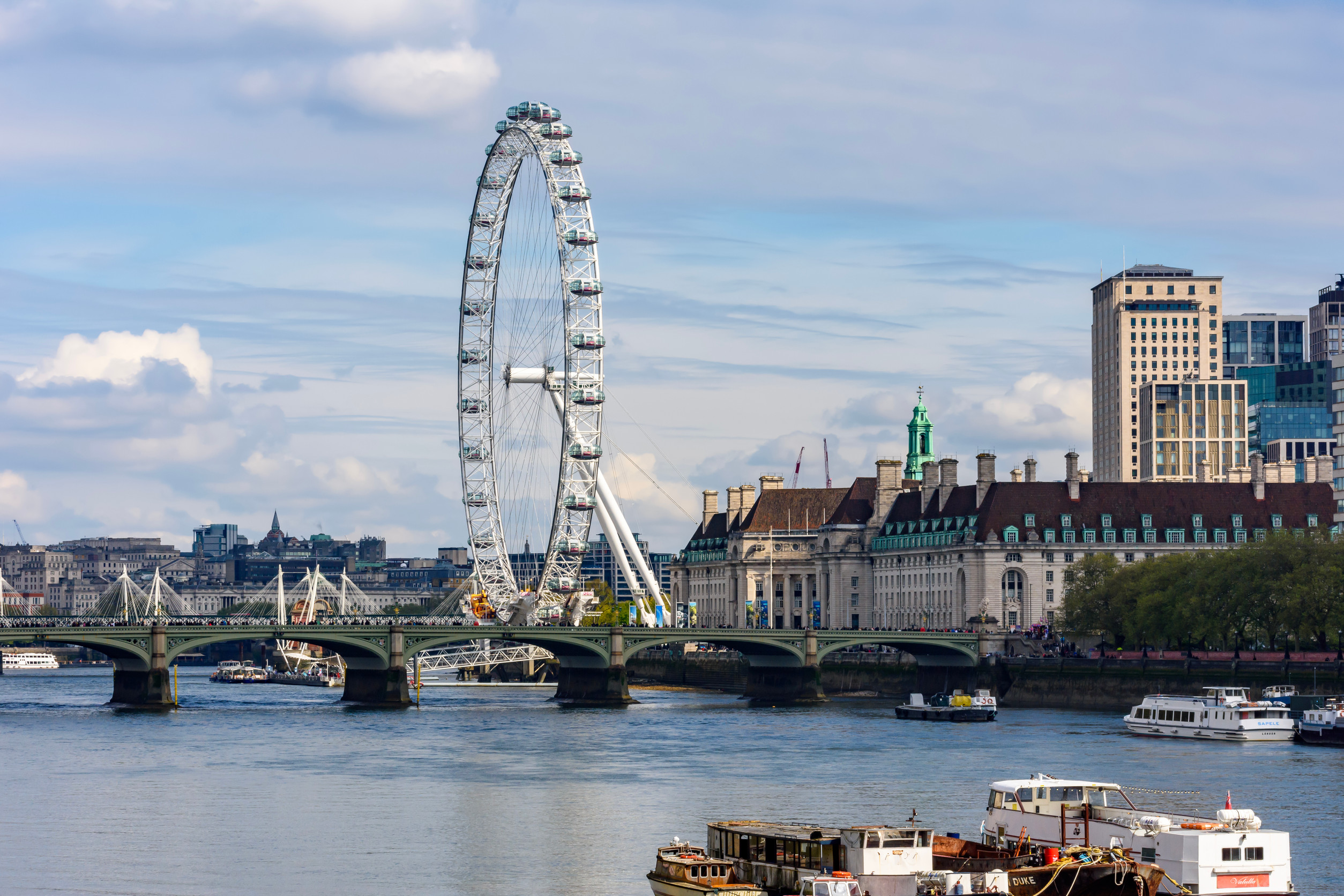If we could trace the ecological and social impact of our clothes, most of us would stop shopping altogether. The global fashion industry, specifically high volume producers of low-quality garments, such as Forever 21, H&M, Fashion Nova, and Zara, employ workers at sub-poverty wages. The pollution from their production and distribution is damaging entire ecosystems. Additionally, their products are made on the cheap, so they fall apart quickly, forcing consumers to buy, even more, exacerbating the global crisis.
Fast fashion distances consumers from the reality of where these clothes come from and where they end up. We crave the latest styles but often don’t consider the garment worker who is making 19 cents per piece. We don’t see the polluted rivers in India that have become biological dead zones. We don’t visit the landfills where last year’s abandoned pieces pile up.
Journalist Dana Thomas, author of Fashionopolis: The Prices of Fast Fashion and the Future of Clothes, has written about the alarming statistics surrounding human and environmental health and fast fashion. Fortunately, her book also points to some positive movement towards curing the worst trends. In an interview with Vox, she remarks that changing our attitude about clothing is critical for solving this issue.
Paying a bit more for higher quality garments made by well-paid hands is one part of the solution, and, as the old saying goes – you get what you pay for. This will benefit the environment AND your wallet in the long run. Also, embracing second-hand shops and clothing rental companies to refresh your wardrobe is a great option, because who doesn’t love the fun of having something new to shake up their closet? By placing value on quality over quantity, and exploring the sharing economy as it relates to fashion, we can flaunt our flair without harming the Earth.











